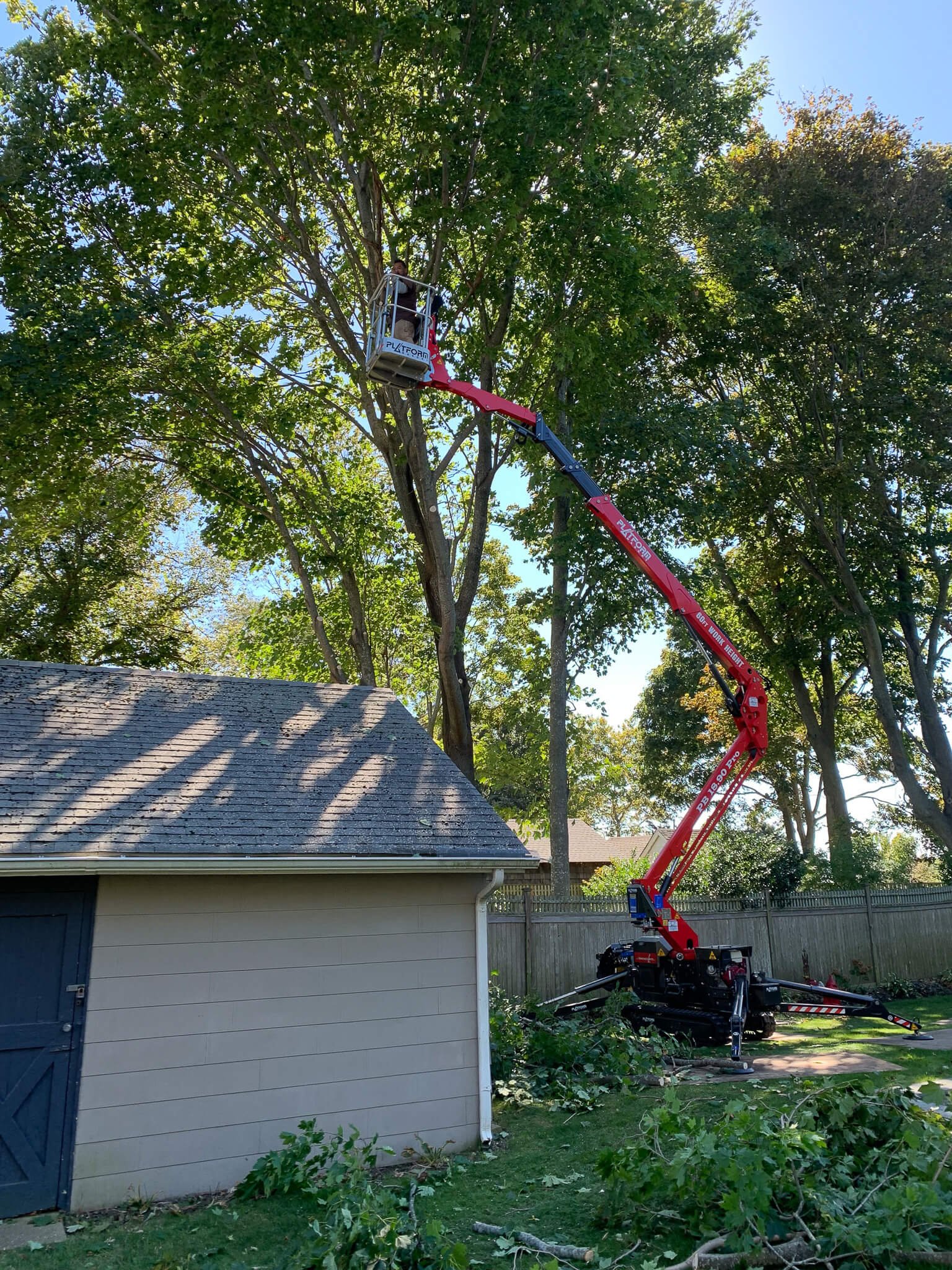Tree Trimming and Pruning: How to Keep Your Trees Healthy and Beautiful
As a homeowner in Long Island, NY, you take pride in maintaining a beautiful and healthy landscape. Trees play a crucial role in your property’s aesthetic appeal and overall health, but they require regular care and attention to remain healthy and safe.
Tree trimming and pruning are essential maintenance tasks that help keep your trees in top shape, but many homeowners are unsure of how often to trim their trees, how to properly prune them, and how to avoid common mistakes like over-pruning.
In this article, we’ll cover the basics of tree pruning, including how often to trim your trees, the importance of doing so properly and how to avoid over-pruning your trees. We’ll also provide some best practices to help you achieve the desired results safely and effectively.
How Often to Trim Your Trees
The frequency of tree pruning depends on several factors, including the species of tree, its age, how many inches in diameter your trees are and the specific environmental conditions of your property. Generally, young trees and fast-growing species like maples and birches require more frequent trimming, while slower-growing species like oaks and beeches may only need to be trimmed every few years. Additionally, trees that are located near power lines, buildings, or other structures may need to be trimmed more often to prevent damage and ensure safety.
For trees native to Long Island, some common species include:
Red maple (Acer rubrum)
American beech (Fagus grandifolia)
White oak (Quercus alba)
Eastern red cedar (Juniperus virginiana)
Eastern white pine (Pinus strobus)
As a general rule, you should trim your trees every 3-5 years. However, it's important to keep an eye on your trees and be aware of any signs that they need to be trimmed sooner, such as dead or broken branches, weak or narrow branch unions, or branches that are crossing or rubbing against each other.
The Importance of Proper Pruning
Proper pruning is essential for tree health and safety. By removing dead branches you can prevent the spread of diseases and pests and improve the overall health of your trees. Pruning can also help improve the structure and appearance of your trees at all times of the year, allowing them to grow in a more balanced and aesthetically pleasing way.
When pruning your trees, it's important to follow some general guidelines.
Always use clean, sharp tools to make clean cuts that will heal quickly.
Avoid pruning during periods of high stress for the tree, such as during drought or extreme temperatures.
Avoid removing more than 25% of the tree's foliage in a single year, as this can stress the tree and weaken its ability to fight off pests and diseases.
How to Avoid Over-Pruning Your Trees
Over-pruning is a common mistake that can harm your trees and even lead to their death. Over-pruning occurs when too much foliage or branches are removed from the tree, leaving it unable to produce enough food to support its growth and survival. Signs of over-pruning include stunted growth, sunburned bark, and the presence of multiple thin branches growing from a single point on the tree.
To avoid over-pruning, it's important to set clear goals for pruning and to use the right tools for the job. If you're unsure about how much to prune or which branches to remove, consider hiring a professional tree service like Johnson Tree Co. to handle the job for you. Professional arborists have the expertise and experience to determine the right amount of pruning for your trees and to ensure that the job is done safely and effectively.
Best Practices for Tree Trimming and Pruning
To achieve the best results when trimming and pruning your trees, it's important to follow some best practices to ensure that the job is done safely and effectively. Here are some tips to keep in mind:
Always wear the appropriate safety gear, including gloves, eye protection, and a hard hat.
Use clean, sharp tools and disinfect them between cuts to prevent the spread of disease.
Prune branches that are less than 3 inches in diameter with pruning shears or loppers, and use a saw for larger branches.
Make a clean cut close to the branch collar (the swollen area where the branch meets the trunk) to promote quick healing.
Remove dead or diseased branches as soon as possible to prevent the spread of disease.
Avoid removing more than 25% of the tree's foliage in a single year.
Consider hiring a professional tree service like Johnson Tree Co. for large or complex pruning jobs.
Conclusion
Mike Johnson, Owner, Johnson Tree Co.
In conclusion, tree trimming and pruning are essential maintenance tasks that help keep your trees healthy and safe. By following the guidelines and best practices outlined in this article, you can help ensure that your trees remain beautiful and healthy for years to come. If you're unsure about how to prune your trees or want to ensure that the job is done safely and effectively, don't hesitate to contact Johnson Tree Co. for professional tree trimming and pruning services on the North Fork of Long Island.


